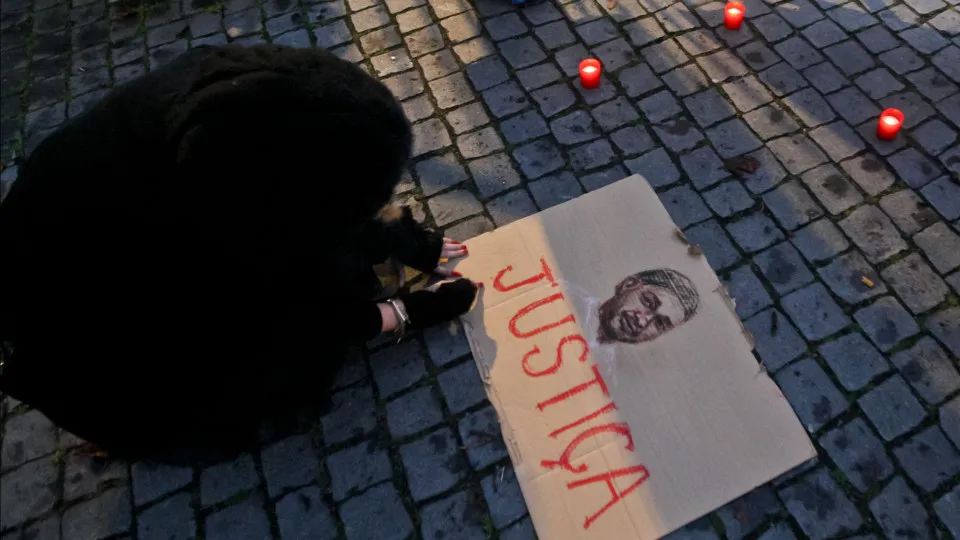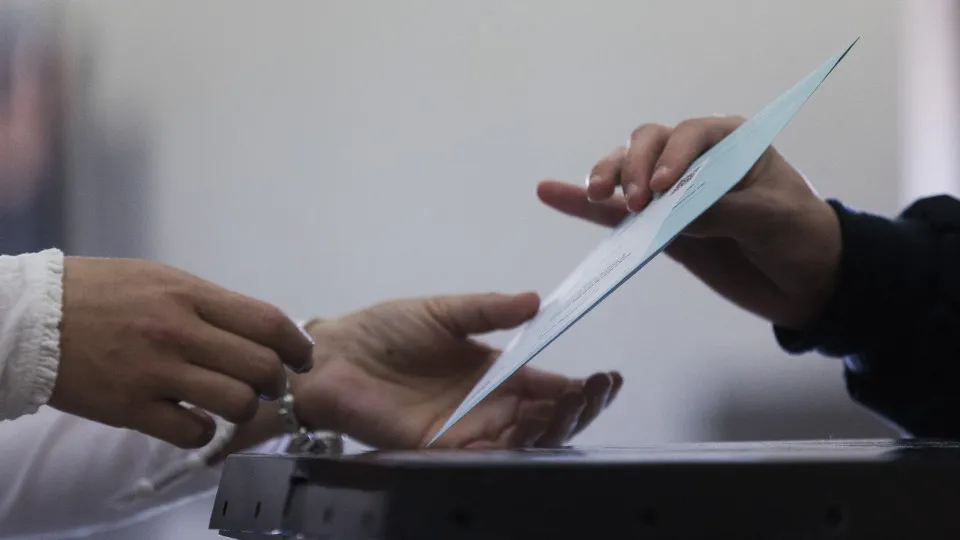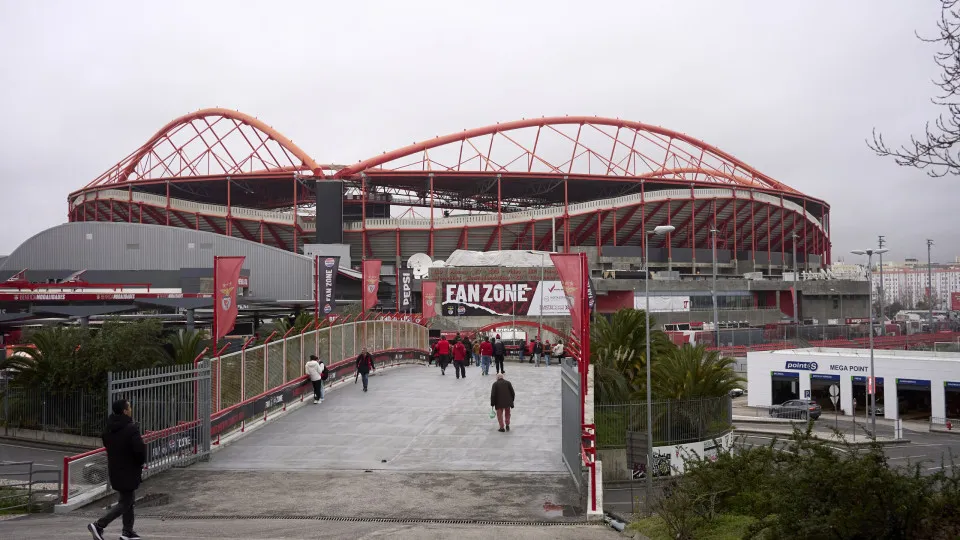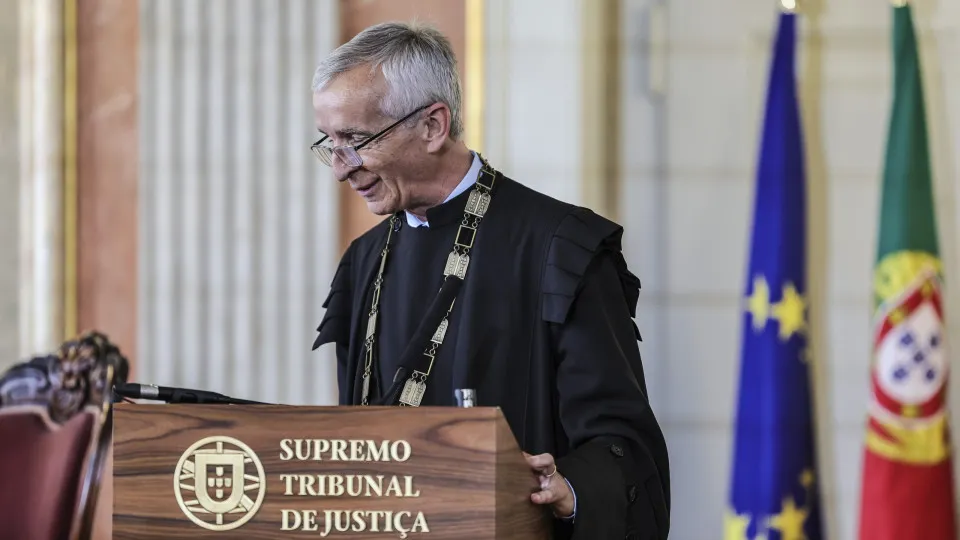
Amid a gathering involving lunch, music, and speeches, activists from the Vida Justa movement and local residents honored a 43-year-old Cape Verdean immigrant who was killed by authorities on October 21, 2024. The tribute included a mural on a building wall, featuring three other youths from the neighborhood who also died young.
One of them, Carlos Reis (known as PTB), was killed in 2003 in another incident of police violence, which the residents wished to commemorate.
The riots that occurred a year ago, from which the Vida Justa movement distances itself, are linked to the figure of Odair Moniz.
“He was a very beloved person, not only in our community but in several communities” in the area, stated José Carlos, one of the initiative’s organizers.
The police action has been a “recurrence of behavior” that becomes aggressive towards the neighborhood’s residents, said José Carlos.
Here, “police interventions are conducted differently and a bit more aggressively, and this is also a disturbing factor,” stated the activist, who is part of the Vida Justa collective.
“We used the tribute to honor other youths the neighborhood lost, and this is also a way to show that neighborhoods aren’t just the violent image the media portrays,” said José Carlos, who also participates in ZambujArte, a project responsible for painting several murals in the neighborhood.
“There are people here in the neighborhood who are talented and creative, and we want to show a positive image of the neighborhood,” unlike what is shown on the news, which focuses only on the negative,” he added.
In parallel, the activists distributed a small book titled “Manual de Sobrevivência a Intervenções Policiais” (Survival Manual for Police Interventions), outlining citizens’ rights and how authorities should behave, which “is often not followed.”
The text was crafted in dialogue form, explaining when the police can identify individuals, proper procedures, detention times, and how searches work.
Activist Ricardo Sequeira indicated that the behavior of the security forces has not changed.
“Week in, week out, we are witnessing instances of authority aggression,” stated Ricardo Sequeira, a resident of Mem Martins, while noting that Odair Moniz’s death brought “a new social awareness to the neighborhoods.”
Odair Moniz’s death was a “demonstration of what was already known to exist, and there was a general desire to respond,” because “things can’t be this way,” and authorities cannot go unpunished, added Ricardo Sequeira.
Thus, creating the manual also stems from a “strategy of awareness and survival” by residents of social neighborhoods and the suburbs of Lisbon, he added.




